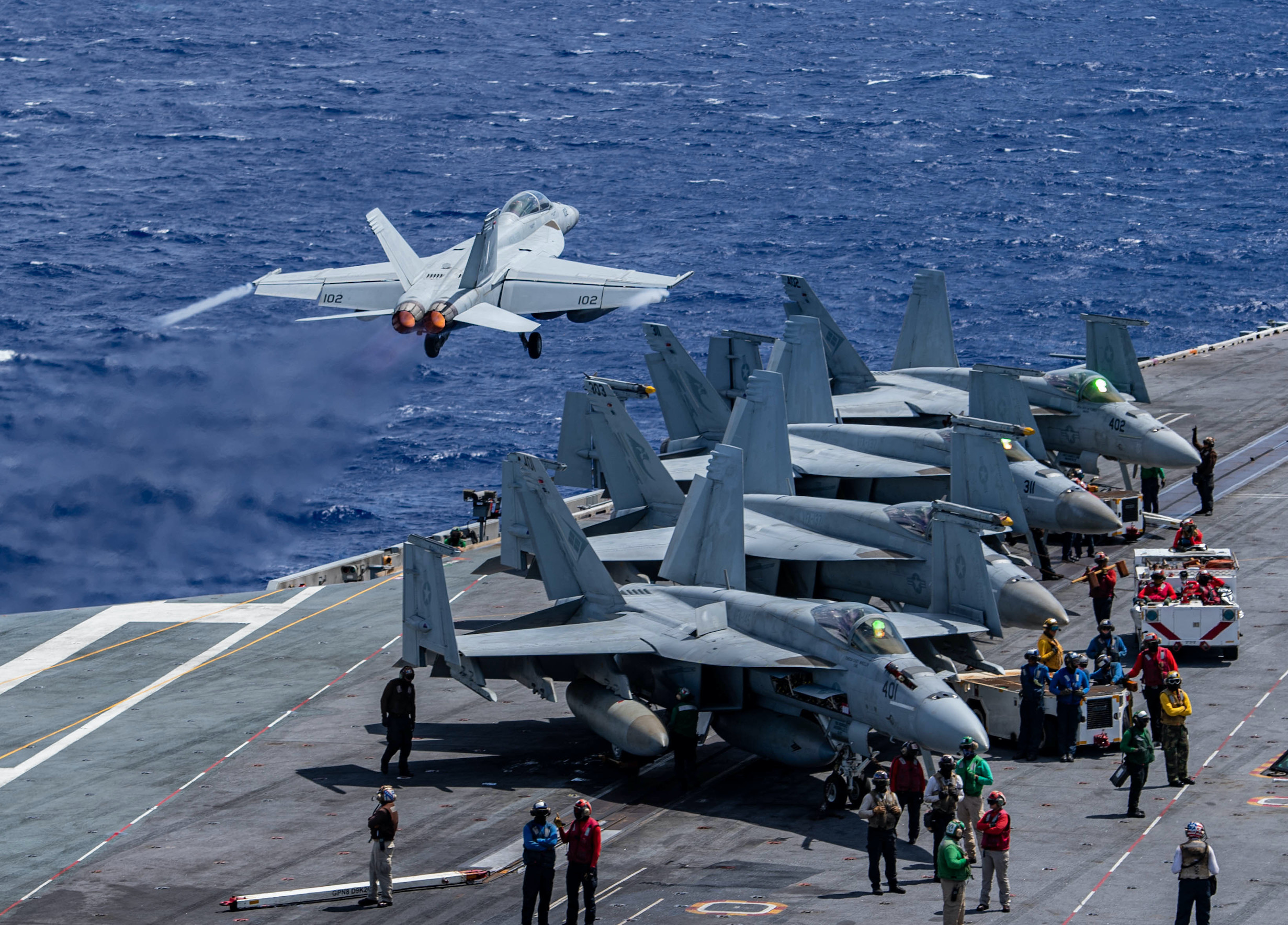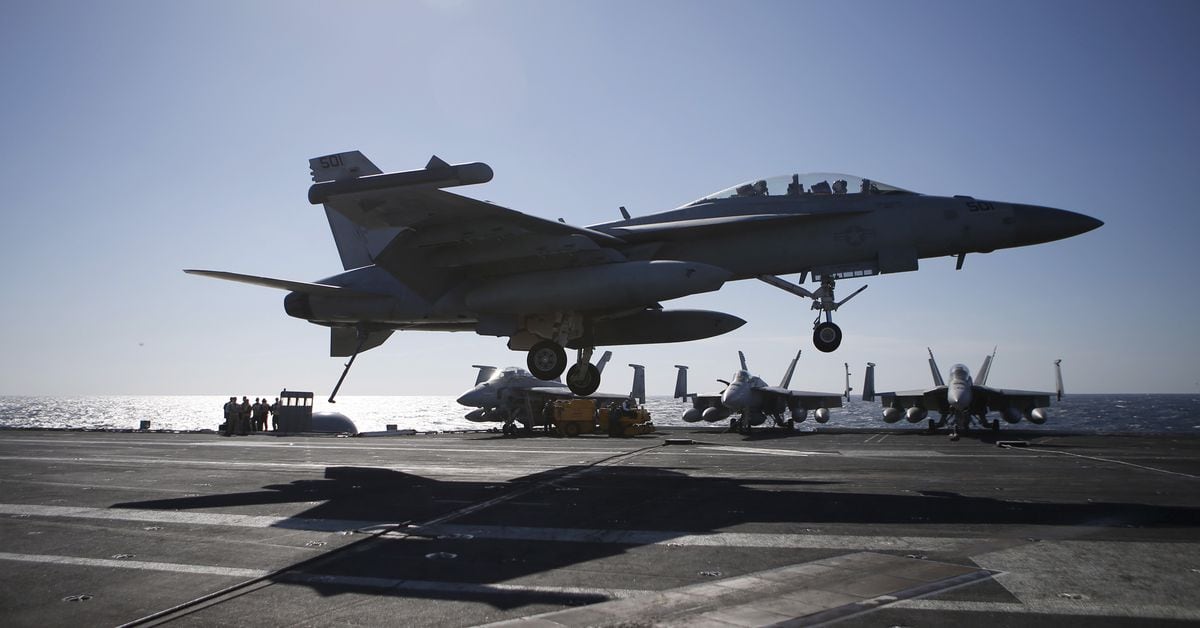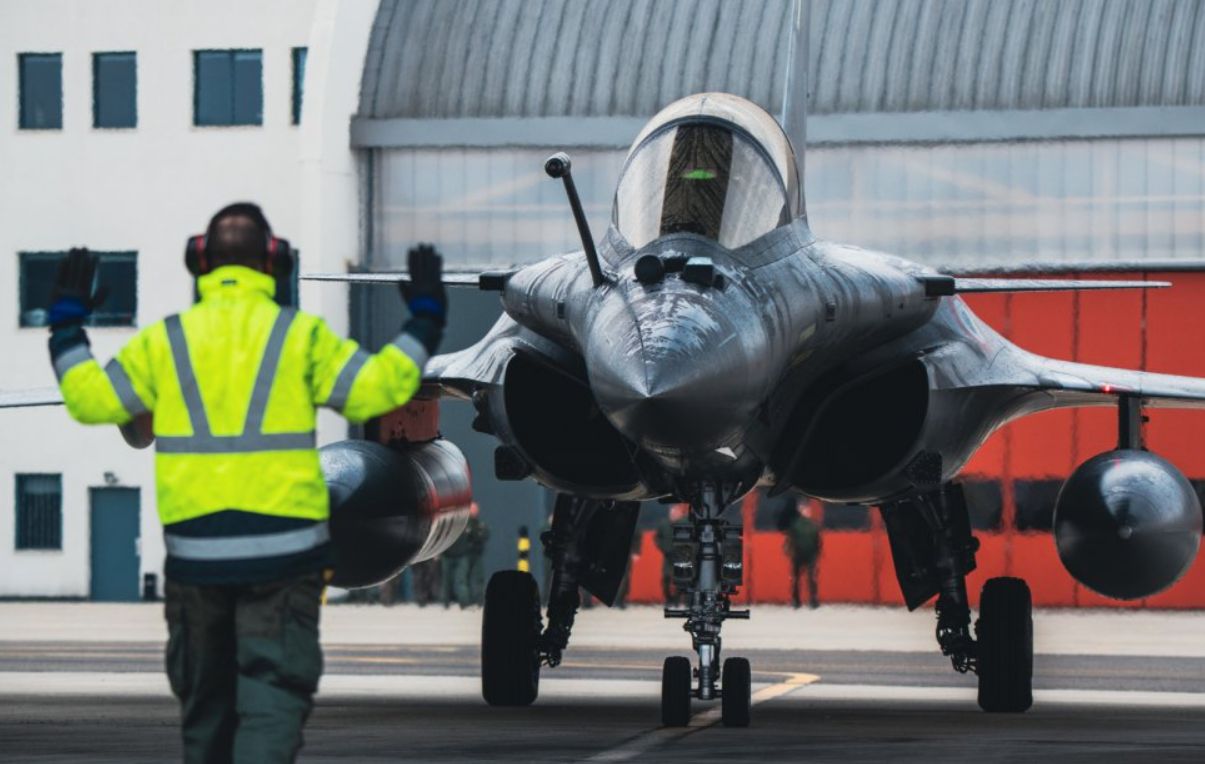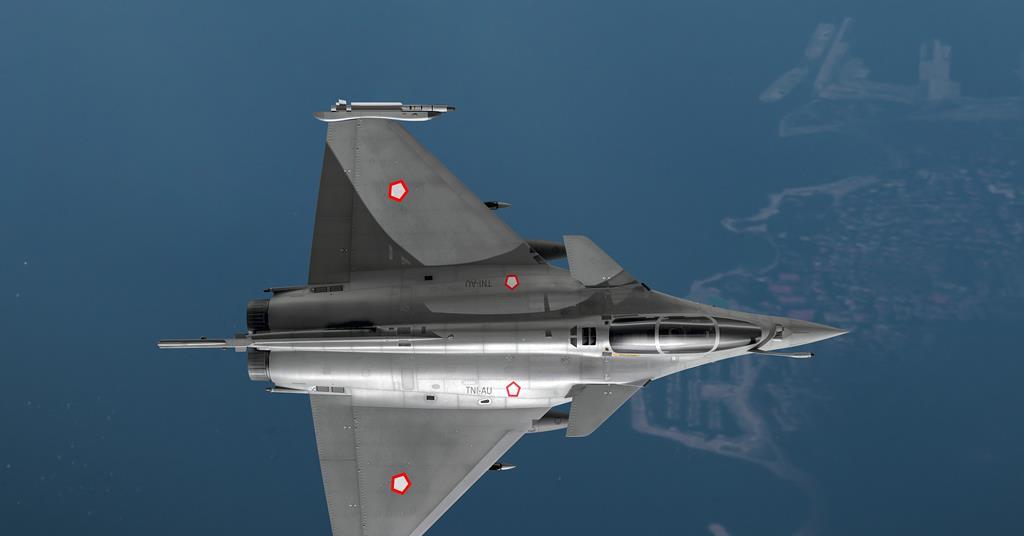4,6 Md€ pour les prochaines versions du Rafale et le Neuron seront investis par la France d’ici à 2030.
France will invest €4.6 billion between now and 2030 in the next versions of the Rafale and the Neuron.
October 12, 2023
Contents
- Rafale F4.2 postponed to 2025
- Investment in the Rafale F5 begins in 2024.
- 128 m Neuron successor to be designed in 2024
- France will invest €11.76 billion in the Rafale program up to 2030.
- 1.36 bn for the SCAF from 2024 to 2026
French fighter format still in line with 2013 White Paper
For Eric Trappier, Dassault's priority today is the Rafale program and its future developments, not the European SCAF program, whose entry-into-service deadline is now 2045. At least, that's how he put it in an interview with BFM Business last August.
At the time, one might have thought that this statement was part of the ongoing tug-of-war between Dassault and the French Ministry of the Armed Forces, with the industrial split and its necessary concessions within the European program in the background, as well as the arrival of Belgium.
As the weeks went by, however, it became clear that the positions of the two French protagonists were much more aligned than they had appeared, with a clear ambition on the part of the Ministry of the Armed Forces to support the Rafale's future development.
Rafale F4.2 postponed to 2025
Indeed, for the Ministry of the Armed Forces, the Rafale F4, and above all the F5 version, scheduled for 2030, are intended both to modernize and extend the capabilities of the French air force, and to bolster the attractiveness and competitiveness of the French aircraft on a high-demand international stage.
Clearly, the Hôtel de Brienne (political headquarters of the Ministry of the Armed Forces) has decided to put its money where its mouth is. According to an article published by the business website La Tribune, it plans to invest no less than €4.6 billion between now and 2030 to upgrade the French fighter and develop a combat drone based on the Neuron demonstrator.
For the Ministry, Dassault Aviation, Safran, Thales, MBDA and the 400 or so subcontractors involved in the Rafale program, the aim is to complete the development of the F4.2 standard, which must, among other things, see its means of suppressing opposing defenses, including its anti-aircraft defense, greatly improved in response to the lessons learned from the war in Ukraine.
Initially scheduled for 2024, final qualification of the Rafale F4.2 has been pushed back to 2025, while the first F4.1s have already begun to be employed by the French Air Force.
It should be noted, however, that the Rafale aircraft to be delivered in 2023 and 2024 - i.e. 26 aircraft for the AAE - will be of the F3R standard. They will then be upgraded to the new standard, as will the entire fleet.
Investment in the Rafale F5 will start in 2024.
But the real leap forward, which can even be described as a reboot for Anglicists, and a rebirth for Francophiles, will be the F5 version, which promises to equip the aircraft by 2030 with certain capabilities that are more expected of 5ᵉ and 6ᵉ generation fighters.
MBDA remote carrier expendable
Some programs, such as MBDA's Remote Carrier Expendable, originally planned as part of the European program, have probably been switched to the Rafale F5 program, whose ambitions were revised upwards in the 2024-2030 LPM.
In addition to a new RBE2 XG radar currently under development, the Rafale F5 will be able to control and operate combat UAVs, such as MBDA's Remote Carrier Expendable, and above all the French Loyal Wingman program announced in LPM 2024-2030, based on the Neuron demonstrator.
Design of the 128-m Neuron successor in 2024
Equipped and supported in this way, the Rafale F5 will be able to operate in a contested environment like the American F-35, while benefiting from a number of advantages that are unique to it in terms of endurance, performance and implementation costs.
To this end, the design of the Neuron's successor will receive a budget of €128m from 2024, to which will be added €212m devoted to research and development work on the F5 standard, for a grand total of €340m devoted to the F5 in 2024 alone.








